| HONORING THE WORK OF THE RED CROSS |
| Published on May, 2020 |
| H E K T O R A M A |
| . |
| ALL BLOOD RUNS RED | ||||
|
|
||||
|
BLOOD MNEMONICS |
||||
|
||||
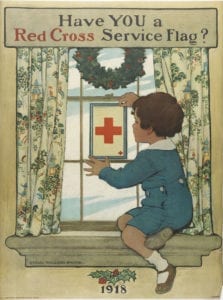 |
I am Alex, from the Igbo tribe in the South-East of Nigeria, and I was born out of wedlock in 1991 to a single mother who died in 1998, while waiting for her lover, my father, to return back the love she gave him. The lover never returned, he did not even attend her funeral. I was alone, crying amidst unknown relatives. In 2000, the lover returned to take me, because I am a boy. Then my father died in 2005 and I was alone again, crying beside his grave amidst unknown relatives. Now, I am still alone, but I no longer cry, perhaps because there are no more tears to cry or because there are no more surprises of pain left to witness. Life conditioned me not to believe in anything positive, not even miracles. I only believed in things I see, and then I witnessed a miracle.
|
| THE HISTORY OF THE RED CROSS / RED CRESCENT IN BLOOD | |||||
Following a number of highly visible incidents and legal liabilities surrounding the arising HIV epidemic in the 1980s, The League was concerned about the potential risk posed by National Society’s participation in blood and the very threat to the existence of the organization as a whole. The decision was made to focus on the promotion of VNRBD recruitment, which supports the provision of a much safer and lower risk donor group than paid or family / replacement blood donation. A group of experts was set up to share knowledge and provide advice to National Societies on the proper management of the risks associated with blood programs; anticipating the group would share its results with Geneva from time to time.
|
|||||
| THE RED CROSS AND HEMATOLOGY PIONEERS | ||||
|
|
||||
| RED CROSS TARGETS EMOTIONAL IMPACT OF CLIMATE CHANGE | ||||
|
|
||||
| A HISTORY OF BLOOD TRANSFUSION: A CONFLUENCE OF SCIENCE | |||||
Since 1628 when William Harvey discovered the circulation of blood, there had been hope that blood transfusion would be possible. Harvey expressed the awe in which physicians of the time regarded blood when he said, “We conclude that blood lives of itself and that it depends in no ways upon any parts of the body. Blood is the cause not only of life in general, but also of longer or shorter life, of sleep and waking, of genius, aptitude and strength. It is the first to live and the first to die.”1 After Harvey’s discovery, transfusion attempts began. In 1665 Richard Lower kept dogs alive by transfusing blood from other dogs.2 In 1667 French physician Jean Denys transfused nine ounces of blood from the carotid artery of a lamb into the vein of a young man. He continued the practice until the third patient so treated, died.3 Denys was sued by the wife of the deceased patient, who presumably died from a hemolytic reaction, but was exonerated. However, the French Parliament, the Royal Society, and the Catholic Church subsequently issued a general prohibition against transfusions.4
|
|||||
| FIRST PRINCIPLES | ||||
|
|
|
|||
|
||||
| VAMPIRES AND BLOOD TRAFFICKING | |||||
The question of paid versus voluntary donation of blood dates back to the 1920s, when the Red Cross first became involved in transfusion thanks to Percy Oliver’s work at a neighborhood branch (division) in London. Responding to a call from a local hospital for blood transfusion donors, Oliver appealed to chapter members. Based on the response, he organized a list of potential donors “on demand,” pretested for type, and screened to prevent transmission of disease.2 This soon became a model for other but not all countries. 3 In Paris, for example, several hospitals cooperated to develop a shared list of potential donors, and the French government provided small payments for their “loss of time, travel expense and possible fatigue.” In New York City, a union of donors was organized who negotiated a price for giving blood with a guarantee to stay healthy.
|
|||||
| THE INTERNATIONAL FEDERATION OF THE RED CROSS AND RED CRESCENT | ||||||||
In 1919 The International Federation of the Red Cross and Red Crescent Societies (IFRC) was founded in Paris in the aftermath of World War I. The activities of the Societies attracted millions of volunteers, and hence Europe could not lose such a precious asset. It was Henry Davison who proposed forming a federation of these National Societies. He also initiated an international medical conference resulting in the birth of the League of Red Cross Societies, which was renamed in October 1983 as the League of Red Cross and Red Crescent Societies; and later as the International Federation of the Red Cross and Red Crescent Societies in November 1991 (IFRC). Britain, France, Italy, Japan, and the United States of America were its founding members. The principles of the IFRC are humanity, impartiality, neutrality, independence, voluntary service, unity, and universality (IFRC Annual Report., 2016) with Per Humanitatem ad Pacem (“With humanity, towards peace”) as its motto.
|
||||||||
|
||||||||
|
|
||||||||||||||||

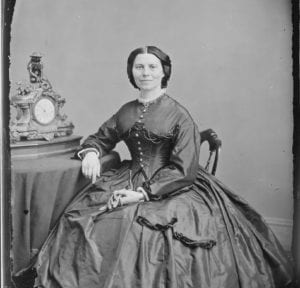

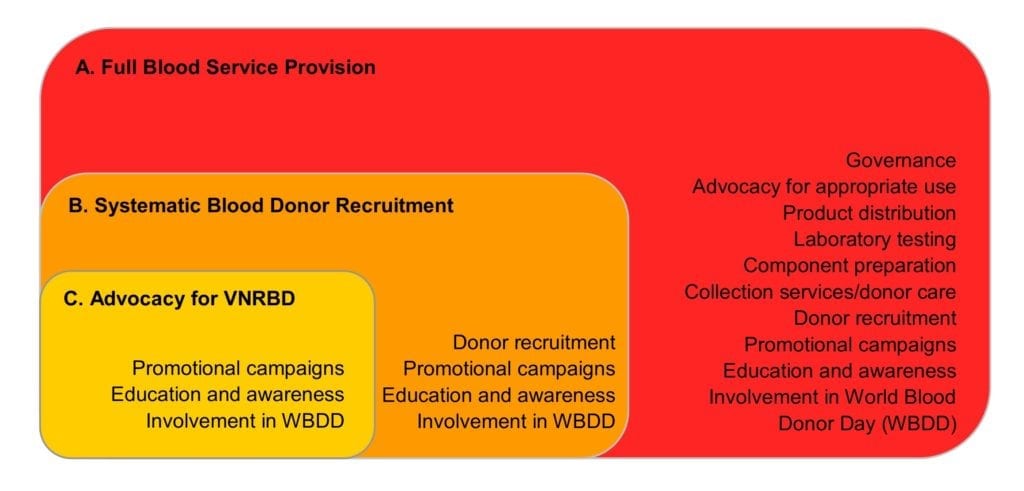
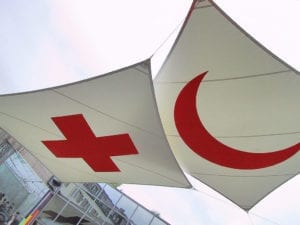
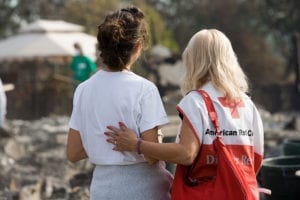
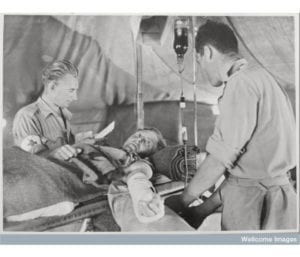
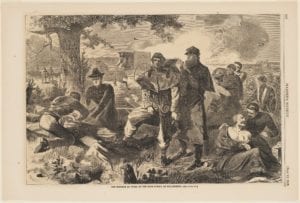

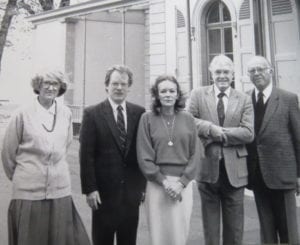
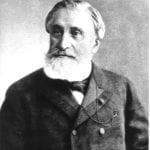
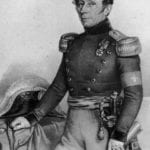

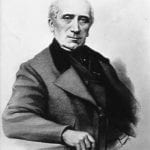
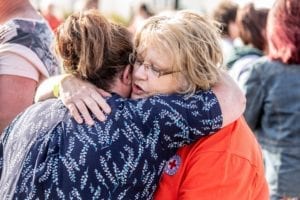
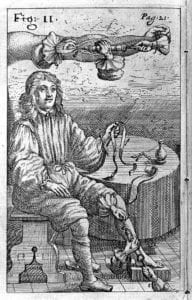

Leave a Reply